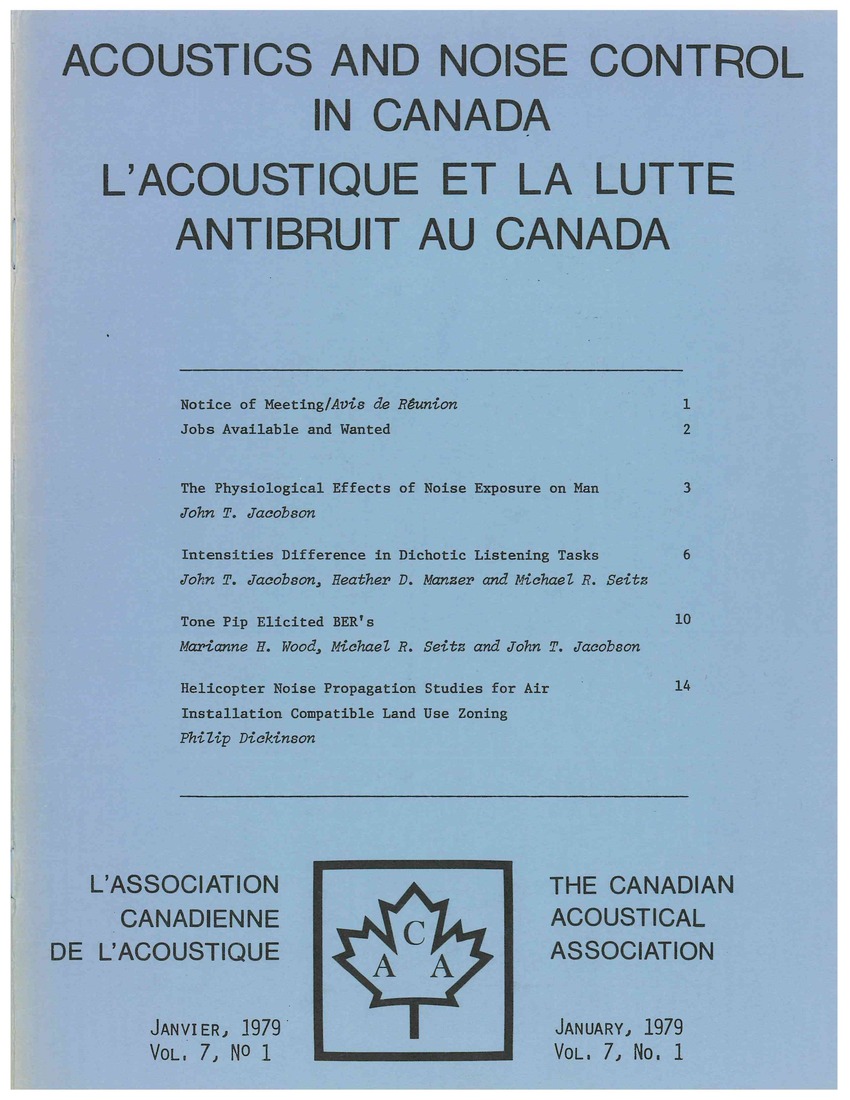Intensities Difference in Dichotic Listening Tasks
Abstract
A wealth of previous studies have continuously demonstrated that when consonant-vowel (CV) nonsense syllables are simultaneously presented to normal hearing subjects in a dichotic listening task, a significant hemispheric asymmetry will be reflected from reported scores. That is when speech is used as a dichotic stimuli, a right ear advantage (REA) results. While functional hemispheric asymmetry has received supporting evidence from electrophysiological animal study as well as anatomical and physiological evidence in man, the actual size of the right ear advantage has varied from study to study. One parameter of dichotic listening tasks which have produced inconsistent differences between right and left ear scores as well as overall performance, may be attributed to changes in the intensity presentation level. Depending on the intensity level used, a wide variance in ear score differences have been observed. To date, presentation intensities have been based on absolute sound pressure levels (SPL). As an alternative to this procedure, the use of the most comfortable loudness levels (MCL) have been suggested. Recently, data have provided results which indicated that MCL is clinically feasible, statistically reliable and provides the intensity presentation level that would produce maximum speech discrimination. To date, incorporation of MCL as a presentation level in dichotic listening studies has not been explored. Due to the variance in ear scores derived under different levels of stimulus presentation, it was the purpose of this study to determine if the use of MCL as a presentation intensity could be demonstrated to be a viable alternative to absolute intensity levels in dichotic listening tasks.Additional Files
Published
How to Cite
Issue
Section
License
Author Licensing Addendum
This Licensing Addendum ("Addendum") is entered into between the undersigned Author(s) and Canadian Acoustics journal published by the Canadian Acoustical Association (hereinafter referred to as the "Publisher"). The Author(s) and the Publisher agree as follows:
-
Retained Rights: The Author(s) retain(s) the following rights:
- The right to reproduce, distribute, and publicly display the Work on the Author's personal website or the website of the Author's institution.
- The right to use the Work in the Author's teaching activities and presentations.
- The right to include the Work in a compilation for the Author's personal use, not for sale.
-
Grant of License: The Author(s) grant(s) to the Publisher a worldwide exclusive license to publish, reproduce, distribute, and display the Work in Canadian Acoustics and any other formats and media deemed appropriate by the Publisher.
-
Attribution: The Publisher agrees to include proper attribution to the Author(s) in all publications and reproductions of the Work.
-
No Conflict: This Addendum is intended to be in harmony with, and not in conflict with, the terms and conditions of the original agreement entered into between the Author(s) and the Publisher.
-
Copyright Clause: Copyright on articles is held by the Author(s). The corresponding Author has the right to grant on behalf of all Authors and does grant on behalf of all Authors, a worldwide exclusive license to the Publisher and its licensees in perpetuity, in all forms, formats, and media (whether known now or created in the future), including but not limited to the rights to publish, reproduce, distribute, display, store, translate, create adaptations, reprints, include within collections, and create summaries, extracts, and/or abstracts of the Contribution.


